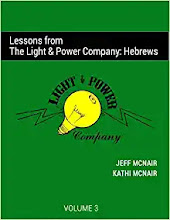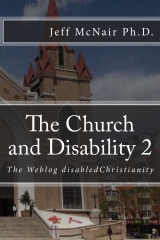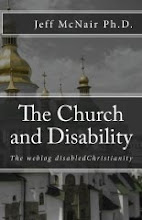So if we seek to change culture, we will have to create something new, something that will persuade our neighbors to set aside some existing set of cultural goods for our new proposal. And note well that there are a number of other possible strategies, none of which, by themselves, will have any effect on culture at all (p. 67).Later...
Creativity is the only viable source of change (p. 73).
And finally...
So underneath almost every act of culture making we find countless small acts of culture keeping. That is why the good screenwriter has first watched a thousand movies; why the surgeon who pioneers a new technique has first performed a thousand routine surgeries; and why the investor who provides funds to the nest startup has first studied a thousand balance sheets. Cultural creativity requires cultural maturity. Someday my own children will undoubtedly cook me a wonderful meal-but by that time, they will also have learned to lvoe chili. With any luck, they will be both culture keepers and culture makers- both cultivators and creators. And then they will be prepared to both conserve culture at its best and change it for the better by offering the world something new (p. 77).
I think that is what we are actually up to here. We are in the process of creating something truly new for the church that we are hoping they will move toward and use to replace what they are currently doing. It must be something highly creative. But it is built out of a history of experience within the church. It recognizes the things that the church is doing that are working well and celebrates them. However, it also builds the creative new thing as a replacement. Something that once demonstrated, would be embraced as an alternative. In the end, vestiges of the old would remain, however, it is the creative new that most are doing.
I think we see this today in the embracing of various technologies being used within worship services. Yes there are churches who still use hymnbooks. But the creative that people are moving toward is the projection of the lyrics with the video moving behind them.
In the realm of disability, I honestly thing that there is an alternative to the way we do religious education. I am writing about this at the moment. We need to change our terms for even describing what we are up to from religious education to faith development. The implications of the two terms are vastly different. The move to faith development would also move us in the direction of programs that would include people with various disabilities. You see the focus is not "education" in the sense of public school education, but something different (I would say, something better) that would have knowledge delivery as a part of the package but something of which knowledge was only a very small part. Come to think of it, we see that a lot in the way that Jesus develops the disciples. He definitely teaches them things, gives them information, but then he demonstrates things in his interactions with others, and even gives the disciples assignments as a way to grow their faith. Its the, "You feed them" moment. Faith development programs which included people with disabilities would have LOTS of "You feed them" moments both designed to be such, and growing out of the typical activities of live that come from following Jesus.
I am in the process of trying to flesh out what that would actually look like. How would religious education change to be faith development with "You feed them" moments. I actually think that once we get our minds around this notion programatically, it would, to use Crouch's words, be creative, something new that would cause people to put aside some of the existing cultural goods, and both conserve culture and change it for the better.
McNair










